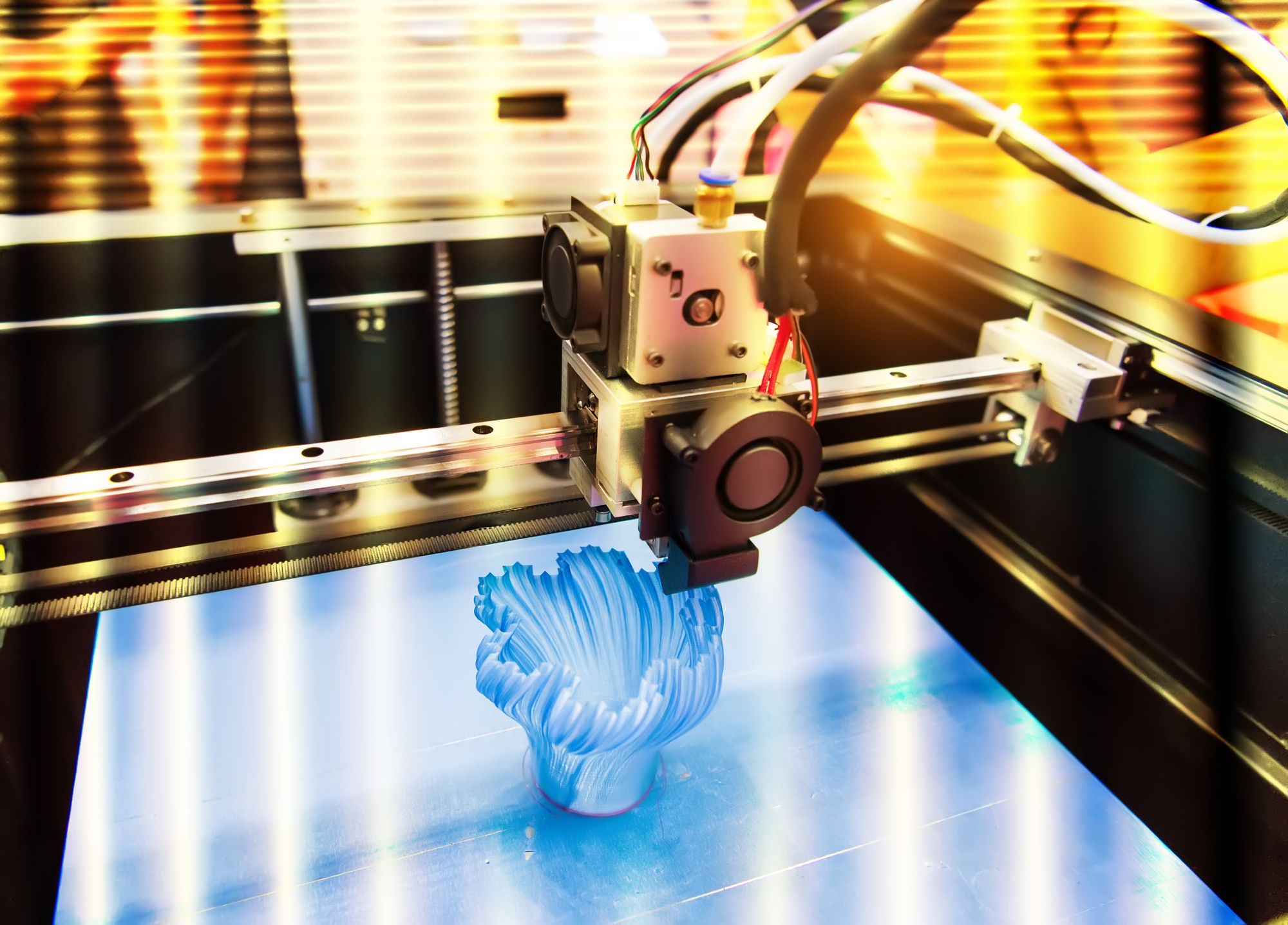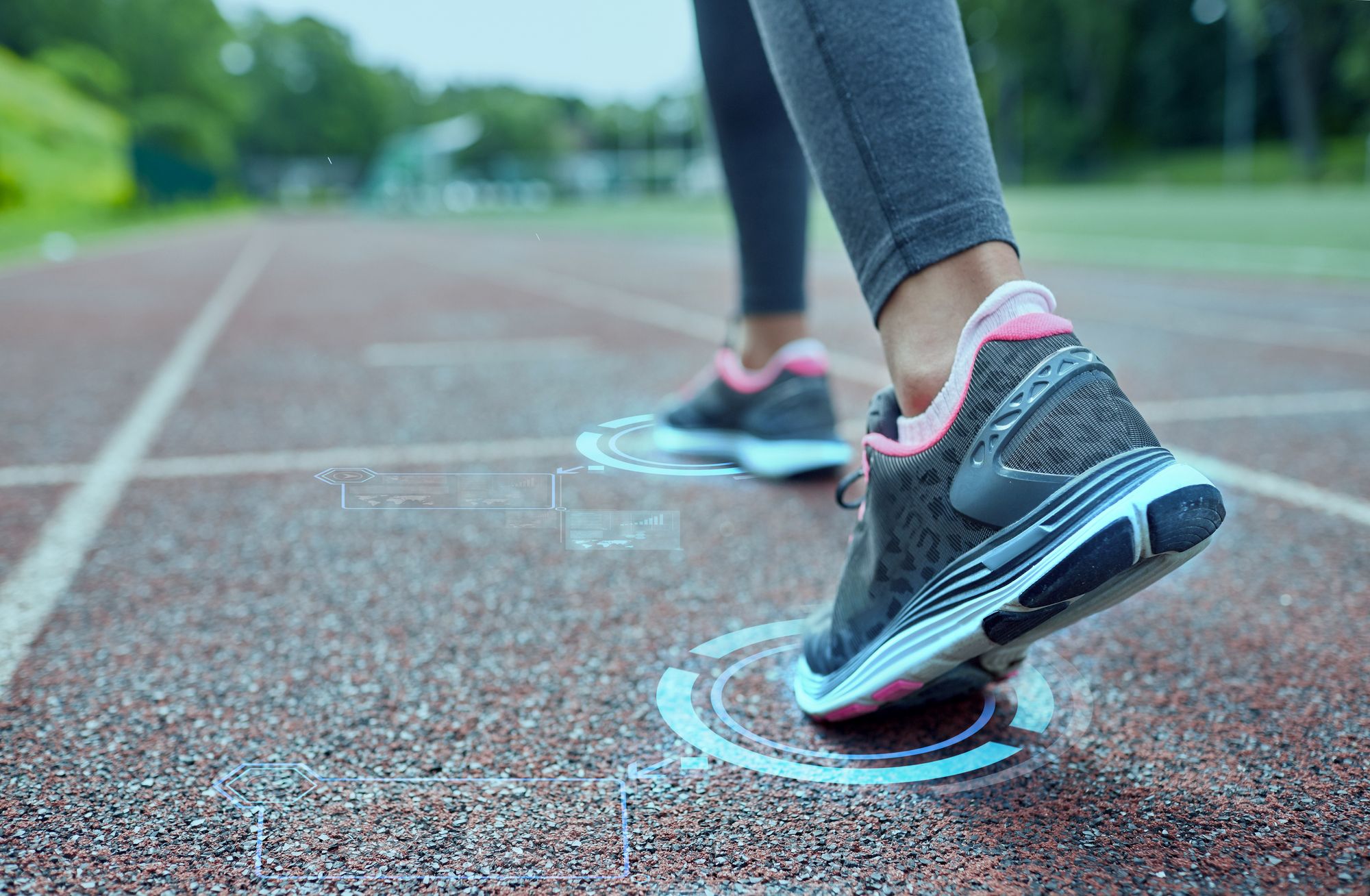The Emergence of Intelligent Sportswear and the Impact of 3D Configurators
Stay ahead of the game with the latest trends in intelligent sportswear and 3D configurators. Read about the newest advancements in smart sportswear.

Smart clothing, also known as "wearables," has taken the sports and fitness world by storm over the past decade. Driven by consumer demand for high-tech solutions in healthcare, work, play, and beyond, the fashion and research industries have raced to create innovative smart clothing. With the global smart clothing market projected to hit over $5 billion annually by 2027, according to Statista, it's clear that these cutting-edge garments are here to stay.
But as the popularity of smart clothing continues to rise, so too do concerns about its impact on the environment and sustainability. Despite these challenges, the continued development of smart clothing technology is enabling people to keep a closer eye on their overall health and wellness. Whether it's tracking movement during physical activity or providing real-time health updates, smart clothing is the future of fitness fashion. So whether you're a competitive athlete or just looking to keep tabs on your health, get ready to embrace the power of smart clothing.
Smart Clothing 101: Everything You Need to Know
Smart clothing refers to advanced apparel that can sense and adapt to its surroundings, the wearer's needs, and various stimuli like electricity, heat, and magnetism. This innovative clothing merges innovative technologies like electronics, sensors, and materials to offer a range of functions, like temperature control, protection, monitoring, and even entertainment and self-expression. With features like efficiency, intelligence, and computability, smart clothing is changing the way we think about our clothing.
The smartness of clothing can be categorized in two ways:
- Everyday clothing is seamlessly combined with an integrated circuit system to perform designated functions. For instance, sensors, power sources, and other equipment are compactly integrated into a single unit through the use of advanced packaging and miniaturization technology, and then attached to the clothing.
- Flexible wearable technology is employed to bring about smart functions. This could mean incorporating flexible displays, thin-film batteries, and flexible sensors into the fabric of the clothing or utilizing phase-change and color-changing materials directly in the garments.
Smart clothing offers a host of personalized services by integrating multiple functional modules into traditional clothing designs.
Examples of Smart Clothing
- Smart Socks: Smart socks are a popular choice for patients, offering constant cloud connectivity for capturing and sharing temperature data with healthcare professionals. Equipped with temperature sensors, these socks not only provide useful information but also offer comfort for the wearer. Soft and cozy, smart socks are a perfect example of how technology can meet practical needs and enhance daily life.
- Smart Shoes: Smart shoes offer a sophisticated way to track and enhance your running experience. By analyzing your stride, assessing stress levels, monitoring impact and balance, and offering personalized suggestions, these shoes help you achieve your athletic goals while also preventing injury. The insightful data collected by smart shoes can be a valuable tool in boosting your training performance and reaching new heights in your running journey.
- Smart Activewear: Smart activewear has the ability to detect biometric signals from your skin, providing you with valuable information about your body's functions and performance.
Top Technology Trends Shaping Smart Clothing
Smart clothing is more than just an outfit - it's a tech-savvy accessory that elevates your connected lifestyle. These electronic garments are designed to seamlessly integrate with your devices, like smartphones, as well as respond to your body's needs. And the best part? The industry is only getting smarter with cutting-edge technology trends constantly shaping the future of smart clothing.
Advanced Fibers
Gone are the days where fabrics were just plain and simple materials. Thanks to breakthroughs in material science, textiles are now being transformed into high-tech wonders. Imagine being able to transmit data, experience electrical conductivity, and even sense your surroundings - all through your clothing. From sleek metallics to advanced optical fibers, to innovative conductive polymers, the possibilities are endless. Whether you're a runner, a biker, or just someone who loves to stay active, the sporting industry has you covered. With a diverse range of materials like silk, wool, polyester, cotton, and even kevlar, the advanced fibers used in these clothes are designed to enhance your performance and keep you comfortable.
3D Printing
3D printing is revolutionizing the way we think about prototyping across various industries, and the fashion world is no exception. From high-end fashion houses like Dior and Iris van Herpen to popular clothing brands like VIP TIE, the use of 3D printing technology in the clothing industry is on the rise. With its limitless design capabilities, 3D printing is allowing these brands to create truly unique, one-of-a-kind style pieces.
But it's not just about the looks. Companies like Intel are taking it one step further by using 3D printers to craft smart clothing with embedded sensors. This is a game-changer for the sporting goods industry and is sure to ignite even more investment in 3D printing-based smart clothing. Get ready, fashionistas, the future of smart clothing is here!

Power Supply
Smart clothing has recently experienced a surge in popularity due to its ability to use lithium-ion batteries, which require frequent charging. However, new developments in nylon fibers have allowed for the production of electricity from body movement, eliminating the need to constantly charge batteries.
In addition, the Smart2Go initiative, part of the EU's Horizon 2020 research and innovation program, is working to create an independent energy supply platform for wearables, including smart clothing. This project hopes to make smart clothing more widely used by addressing the issue of power supply.
Sensors
People have been using smart clothing for a while now to track their fitness and health. But the built-in sensors have been known to become damaged or malfunction after just a few washes. Fortunately, researchers are working to create sensors that can withstand multiple washes without losing their ability to collect data. This new technology could revolutionize the smart clothing industry, making it possible to buy a single set of clothing and use it for much longer without needing to replace it. With the development of these sensors, users can enjoy the health and fitness benefits of smart clothing for much longer.
AI
The fashion industry is changing at an unprecedented rate with AI technology being embedded into business models. It is predicted that this could lead to an overall increase of 118% in revenue by 2030. This could also have a significant impact on companies in other related industries, such as those producing sporting goods and apparel, who are already embracing AI technology.

The potential of AI technology in the fashion industry is immense and can be used to unlock various opportunities. AI tools can be used to automate mundane tasks such as customer service, product recommendations, and inventory management. It can help fashion companies create personalized experiences for customers by understanding their needs and preferences. This could include customizing product recommendations, offering discounts and loyalty rewards, and providing tailored advice.
By investing in AI technology and leveraging its capabilities, fashion companies can unlock new opportunities, improve customer experiences, and ultimately, increase their profits.
The Latest Trends in Smart Clothing for Sports and Fitness Enthusiasts
1. Track Your Workout Data with Wearable Biometric Sensors
Different types of sensors can be used to measure a variety of biometric data from the body. Biosensors are sensors that respond to the presence of a liquid or chemical, such as a glucose monitor that reads the level of blood sugar in the bloodstream. Biometric sensors, on the other hand, detect electrical impulses sent from the body and are not reliant on the presence of external elements.
Conventional wired biometric sensors have been used in hospitals and other health care facilities for decades, but recent advances in printed electronics have made it possible to create biometric sensors without requiring wires. This technology has been embraced by athletes and gym goers, who have begun using screen-printed sensors with conductive silver or carbon inks that can be integrated into smart clothing garments. This allows them to take biometric data from the body while on the go, making smart clothing technology both comfortable and portable.
2. Stay Warmer During Your Outdoor Workouts with Heated Apparel
As technology advances, heated equipment is evolving from wired to wireless formats, with printed electronics leading the charge. Printed heaters, for example, are being used to create lightweight, flexible heated clothing that can be attached to any article of clothing for all-day warmth. Smart activewear is just one example of how this technology is being put to use, allowing athletes to stay warm and perform in cold weather without the need for bulky coats or extra layers.
These printed heaters are incredibly durable, providing long-term use and improved comfort no matter what the environment or conditions. Printed electronics has revolutionized the way we keep warm and has enabled the creation of heated clothing that doesn't require any sort of wiring. This makes it easier to both move around and stay warm, allowing athletes to focus on their performance without any added stress.
3. Learn How Force-Sensing Resistors Can Help You
A force sensor resistor (FSR) measures the force applied to an object through electrical resistance. FSRs are composed of two layers of flexible material, with conductive silver and carbon inks printed in between. When pressure is applied to the FSR, these inks transmit a brief electrical signal that indicates the amount of pressure applied.
FSRs can be used for a variety of purposes, from measuring the force used in exercise to establishing whether one side of the body is stronger than the other. Additionally, by measuring the force used across many muscles, users can focus on particular muscle groups for more effective exercise. FSRs can also be used to detect changes in posture and motion, allowing for more accurate motion tracking in a variety of devices. Finally, FSRs can be used to provide feedback on the force of a grip, allowing for improved interfaces in a number of applications.
Wearable FSRs can also measure how much force is used during exercise or establish whether one side of the body is more muscular. Alternatively, measuring the force used when exercising across many muscles can assist the wearer in focusing on particular muscle groups.

How could 3d product configurators be applied to smart clothing?
Companies in the sports equipment market have begun to take advantage of this technology, recognizing that customers are more likely to remain loyal if they are able to customize a product to their liking. The implementation of 3D configurators allows customers to tailor their purchases to their exact needs, making them more likely to stick with one brand or product. As a result, companies are able to benefit from increased ROI and customer retention.
3D product configurators could be applied to smart clothing in several ways to enhance the customization and personalization of the garments:
- Design and Visualization: A 3D product configurator can allow customers to visualize different design options for their smart clothing, such as the color, fabric, and style. This feature can help customers to see how their chosen design options will look and feel before they make a purchase.
- Size and Fit: Smart clothing products often require a good fit for optimal performance. A 3D configurator can enable customers to input their body measurements and generate a customized garment that will fit their body perfectly. Additionally, customers can use the 3D configurator to adjust the fit of the garment to their preferences, ensuring a comfortable and functional fit.
- Connectivity and Features: Smart clothing often comes with different technological features such as sensors, microcontrollers, and Bluetooth connectivity. A 3D configurator can allow customers to choose which features they want to include in their garments, such as heart rate monitoring or temperature control, and adjust the placement of the sensors on the garment.
- Personalization: With a 3D configurator, customers can also add their own personal touch to their smart clothing, such as logos, images, or text. This feature can help customers to create unique garments that reflect their personal style and preferences.

Overall, a 3D product configurator can provide a powerful tool for customers to customize and personalize their smart clothing, resulting in a more engaging and satisfying shopping experience.
Looking Ahead
The rise of smart clothing technology has made it possible for consumers to monitor their health and wellness in unprecedented ways. With the help of 3D product configurators, customers now have the ability to customize their clothing to fit their exact specifications. This includes size, color, and even style, giving customers the confidence and satisfaction they need to make a purchase.
The use of 3D product configurators is an exciting development for the smart clothing industry, allowing customers to take control of their buying experience. By leveraging this technology, companies in the sportswear market are better equipped to serve their customers and create an experience that is tailored to their specific needs.

Get an in-depth understanding of how 3D configurators are transforming the sports equipment industry by reading the article: How 3D Configurators are Changing the Sports Equipment Market.



